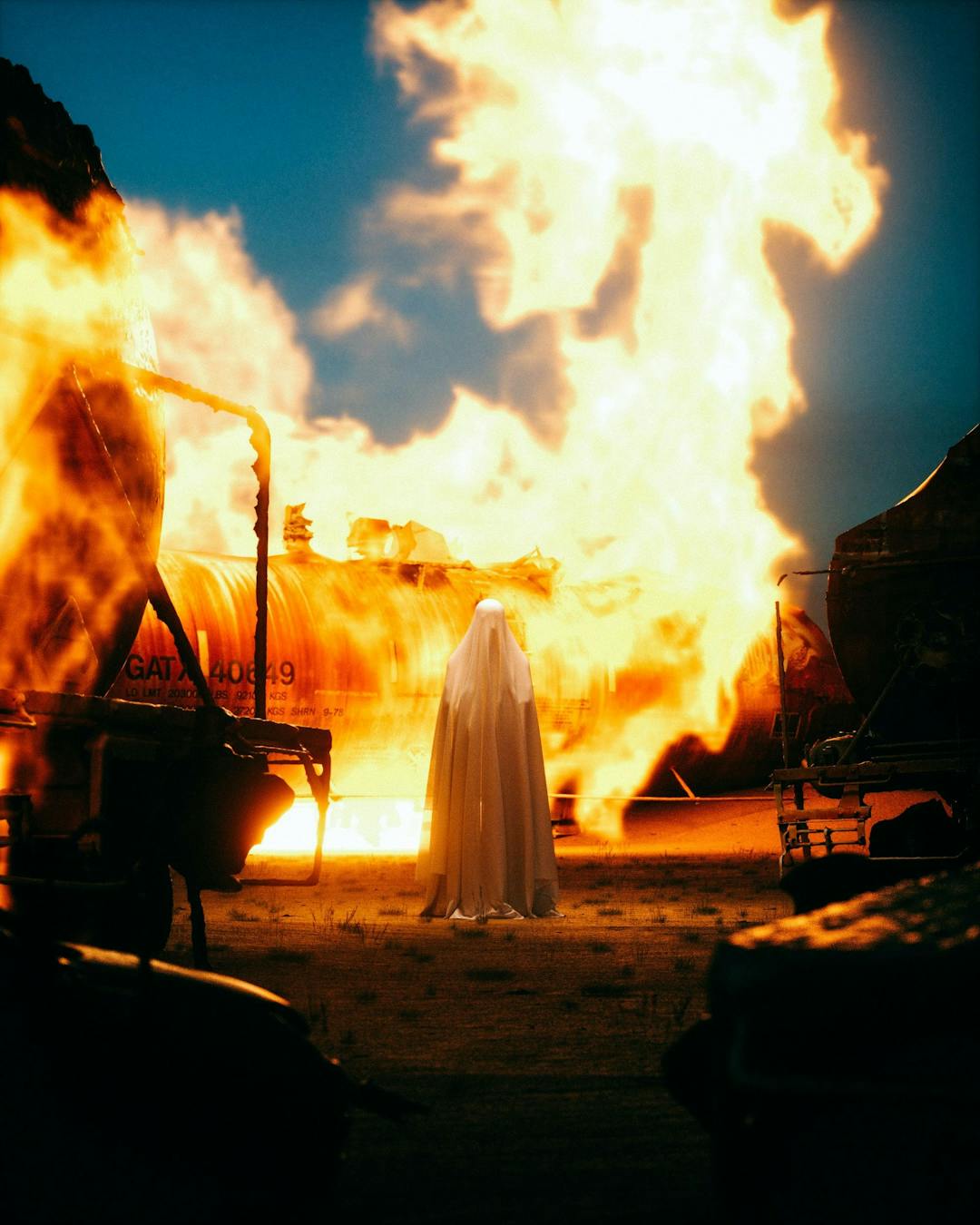Mary Gallagher & an enduring tale of murder in 19th-century Griffintown
An infamous death and haunting from the city's Irish working-class past and once-chaotic streets buried below today's condos.
Since 1879, legend says that a ghost returns every seven years to a street corner in Griffintown to reclaim the head of a murdered woman: Mary Gallagher.
It’s one of the more enduring stories of the neighbourhood’s Irish working-class past of chaotic streets rife with activity, now buried below condos and what’s left of brick exterior buildings and Irish street names.
Back then, Griffintown was a 19th-century industrial slum filled with “warehouses, flour mills, smelting works, and the pulse of transient life between taverns and stables,” wrote Patrick Lejtenyi in 2017.
The neighborhood then was filled with families, laborers, and characters like prostitutes like Mary—a weathered, aging woman—whose death was not only brutal, but rare: Crime wasn’t unheard of in Montreal, but her death was an anomaly. Montreal hadn't witnessed a murder since 1877, and the identity of the murderer was believed to be an acquaintance of Mary’s, Susan Kennedy.

Three bottles of whiskey, and an axe
Somewhere around 6 to 7am on June 27, 1879, Mary Gallagher and a longshoreman named Michael Flanagan visited Susan Kennedy's home at 242 William Street. Kennedy, who lived with her husband Jacob Mears, would later state Mary and Michael had been drinking but weren't visibly intoxicated.
Mary occasionally dropped by Mears' place alone. Jacob Mears wasn’t pleased by the visit with a guest and left, leaving Kennedy with Gallagher and Flanagan.
Kennedy left to fetch whiskey. When she came back, the three of them consumed most of it. Flanagan retreated to the front room to rest, feeling dizzy. Kennedy joined him for a 15-minute conversation until interrupted by her husband.
Mears, who would later be portrayed by the newspaper the Montreal Weekly Witness as a sober, unassuming man, left again out of frustration at seeing his partner with another man.
Flanagan drinks the rest of the whiskey with Mary and Susan.

That’s when the story starts to fall apart
Kennedy says he woke up at 2pm for water, Kennedy gets him some, they talk about going out for a beer, and they argue about money. Flanagan says that he saw Mary in the other room lying down but didn't see any blood.
Susan claimed she slept on the bedroom floor beside Flanagan. She woke and heard Gallagher with an unknown man, and they drank more. Later, she overheard their argument about Gallagher’s age. She went back to sleep, the man was gone, and Mary was dead.
Mears arrived and fetched the police. Kennedy would tell them "a man came into the house Friday morning and gave her some money, which, arousing the jealousy of the deceased, the latter and the man had a quarrel and the man killed her. She said she saw the man wash the blood from his hands and clear out. Before going he warned her not to tell the police. She did not know the man's name, and was glad he had escaped because he was a good-looking fellow," according to the Weekly Witness.
Mary’s severed hand was next to the corpse, and her head was in a nearby bin:
"The headless trunk lay prostrate on the breast. The jags in the neck showed that a score at least of blows had been struck by some clumsy hand before the head had left the body. The maimed arm lay underneath the body, while the legs were extended in a perfectly natural position. A thin cotton dress with apparently little underclothing were on her. In a large bucket or wash tub nearby were the ghastly head and severed right hand. The grey hair could hardly be distinguished owing to the clots of blood on it, while several gashes across the forehead would indicate that she had received the first blow to the head. The blood had evidently been washed up."

The trial
Inside the apartment, police discovered Jacob Mears' hatchet, bloody, which he’d use firewood. Flanagan and Kennedy were arrested and charged with murder. At a well-attended trial, Kennedy was convicted.
According to Lejtenyi, “evidence against her was pretty strong: one witness said the two women were heard arguing between 11:30 a.m. and 12:30 p.m., while Flanagan was passed out. Kennedy, the witness said, had been standing by the window "insulting passers-by." When Gallagher tried to pull her away from the window, Kennedy said words to the effect of, "If you don't leave me alone I'll split your head open with an axe." The Mears' downstairs neighbour said she also heard what sounded like a body falling to the floor, chopping sounds and Kennedy saying, "I've wanted revenge for a long time, and I finally got it."”
In September 1879, Susan Kennedy was sentenced to be hanged the following December, but her sentence was commuted to life in prison; but her exact death is uncertain. Some sources say on September 26, 1890 she died of tuberculosis in Kingston Penitentiary at the age of 30, others that she was released.
On the day Kennedy was sentenced to hang, Flanagan—who was working on a boat in the Peel Basin—purportedly fell into the water and drowned below the ice.

And now the ghost walks
Back in Griffintown’s 19th-century industrial hub, urban prostitution thrived and alcoholism was prevalent among sex workers, which in turn led to a cultural reliance on alcohol.
Mary Gallagher's murder ended up taking on a supernatural aspect, with locals claiming to see her ghost searching for her head at the intersection of William and Murray. The Irish community embraced the story, using it to frighten children.
Many swear they’ve seen Mary every seven years since, wandering headless.
The next time you’ll have a chance to see her is in 2026.

![The Bulletin: This newsletter's very glou-glou 🍷🍇 [Issue #51]](/_next/image?url=https%3A%2F%2Fthemain.ghost.io%2Fcontent%2Fimages%2F2023%2F11%2Fbarvinvinvin_382466665_18069895342418831_5200366361578870037_n.jpg&w=640&q=75)
